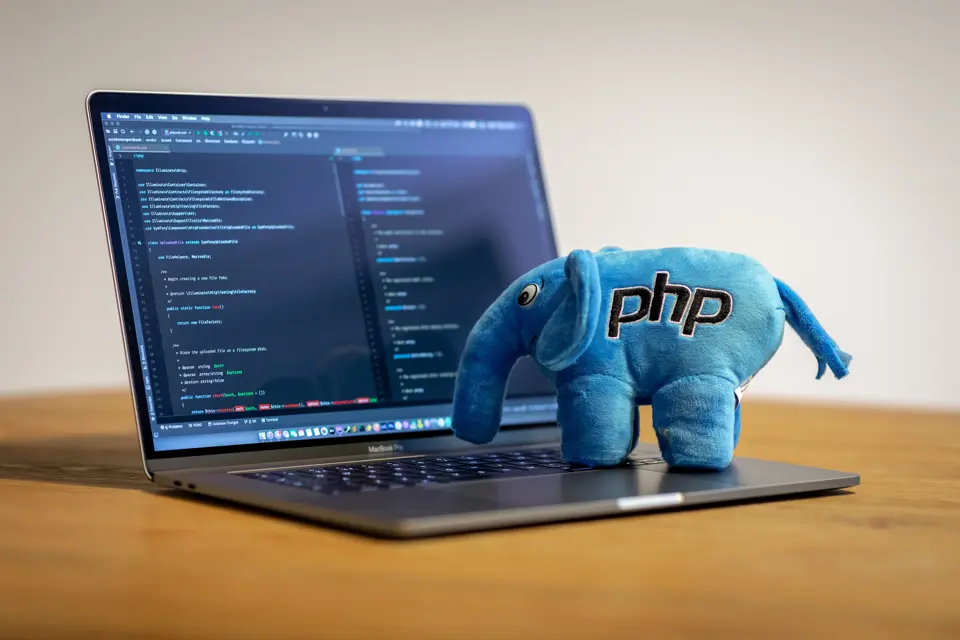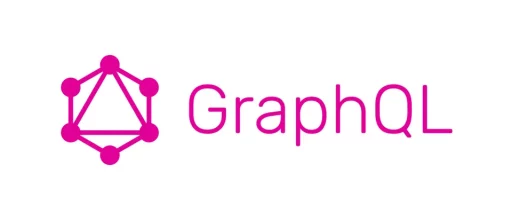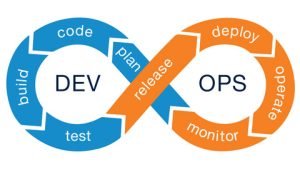Dependency injection is a technique that allows objects to be built in a decoupled manner. It is a powerful tool that can greatly simplify the design of large and complex applications by making code easier to test and maintain. In this article, we will delve deeper into the subject and explore some advanced techniques for using dependency injection in PHP, including code samples to help illustrate the concepts discussed.
One of the key benefits of dependency injection is that it allows objects to be constructed in a manner that is independent of their dependencies. This means that when an object is constructed, its dependencies are passed in as arguments, rather than being constructed within the object itself. For example, let’s consider the following example of a simple Calculator class:
Copy codeclass Calculator {
private $operations;
public function __construct(Operations $operations) {
$this->operations = $operations;
}
public function calculate($x, $y, $operation) {
return $this->operations->$operation($x, $y);
}
}
In this example, the Calculator class has a dependency on an Operations class, which is passed in through the constructor. This allows us to easily replace the Operations class with a mock or test double when testing the Calculator class, making it easier to test and maintain.
One advanced technique for using dependency injection in PHP is to use a dependency injection container. A dependency injection container is a class or library that is responsible for constructing objects and managing their dependencies. For example, we can use a popular library like PHP-DI to configure the dependencies.
Copy codeuse DI\ContainerBuilder;
$containerBuilder = new ContainerBuilder();
$containerBuilder->addDefinitions([
Calculator::class => function(ContainerInterface $c) {
return new Calculator($c->get(Operations::class));
}
]);
$container = $containerBuilder->build();
The container is typically configured with a set of rules that define how objects are constructed, and it can be used to construct objects in a consistent and predictable manner. This can greatly simplify the process of building and maintaining large and complex applications.
Another advanced technique is to use annotations to configure dependency injection. This can be done by using a library such as Doctrine, which allows you to use annotations to define the dependencies of a class, rather than having to manually wire them up in the code. For example, using Doctrine:
Copy code/**
* @Inject
* @var Operations
*/
private $operations;
This can help to make the code more readable and self-documenting, as the dependencies of a class are clearly defined and easy to understand.
It’s also important to know that there are different types of dependency injection, class injection, property injection, and setter injection. Class injection, for example, the dependencies are defined as class constructor arguments, in property injection, the dependencies are defined as class properties, and setter injection, the dependencies are passed in through setter methods. Each approach has its own advantages and disadvantages, and the appropriate approach will depend on the specific requirements of your application.
Frequently Asked Questions about PHP Dependency Injection
How does dependency injection help to improve code quality?
Dependency injection can improve code quality by making code easier to test, since its dependencies can be mocked or replaced with test doubles, and also making the code more flexible, since it can be used with different implementations of its dependencies.
How does a dependency injection container work?
A dependency injection container is a class or library that is responsible for constructing objects and managing their dependencies. The container is typically configured with a set of rules that define how objects are constructed, and it can be used to construct objects in a consistent and predictable manner. It can be used to manage the lifecycle of objects, resolve dependencies, and provide shared instances of objects.
What are the advantages of using annotations for dependency injection?
The advantages of using annotations for dependency injection include making the code more readable and self-documenting, as the dependencies of a class are clearly defined and easy to understand. It also eliminates the need to manually wire dependencies in code, making it easier to maintain the application. Furthermore, it can automate the injection process which allows developers to focus on writing the business logic and not on the wiring of dependencies.
What is the difference between Constructor injection and Setter injection?
Constructor injection is a way of injecting dependencies into an object by passing them as arguments to the constructor. The dependencies are defined in the constructor signature. On the other hand, Setter injection is a way of injecting dependencies by calling setter methods on an object after it has been constructed. With setter injection, dependencies are passed in through setter methods, this approach is useful when a class has optional dependencies.
What are some popular PHP Dependency Injection libraries?
Some popular PHP Dependency Injection libraries include PHP-DI, Pimple, Zend Service Manager, and Symfony DependencyInjection component
How to pick the right Dependency Injection technique?
The choice of Dependency Injection technique depends on various factors such as project requirements, team preference and experience, maintainability and scalability. It’s generally recommended to start with Constructor injection and as the project becomes more complex and requirements change, using a Dependency Injection Container library like PHP-DI or using annotations can be considered as advanced techniques
Overall, dependency injection is a powerful technique that can help to simplify the design of large and complex applications. The advanced techniques discussed in this article, such as using a dependency injection container and annotations, can help to take your use of dependency injection to the next level and make your code more maintainable and testable.















